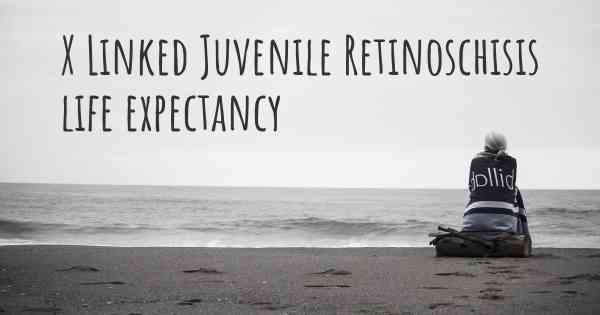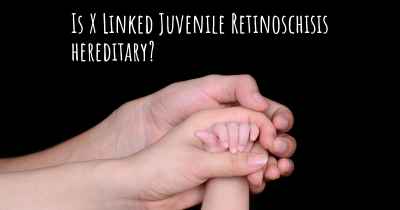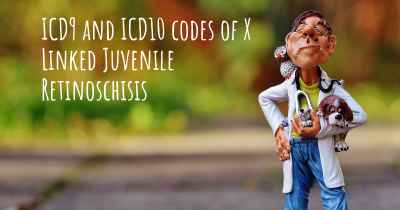What is the life expectancy of someone with X Linked Juvenile Retinoschisis?
Life expectancy of people with X Linked Juvenile Retinoschisis and recent progresses and researches in X Linked Juvenile Retinoschisis

X Linked Juvenile Retinoschisis (XLRS) is a genetic eye disorder that primarily affects males. It causes progressive vision loss due to the splitting of the retina, leading to impaired central and peripheral vision. The severity of symptoms can vary among individuals, but most experience visual impairment during childhood or adolescence.
While XLRS significantly impacts vision, it does not typically affect life expectancy. Individuals with XLRS can lead fulfilling lives with appropriate management and support. Regular eye examinations, early intervention, and vision aids can help optimize visual function and quality of life. It is crucial for individuals with XLRS to work closely with healthcare professionals to monitor and manage their condition effectively.
X-Linked Juvenile Retinoschisis (XLRS) is a rare genetic eye disorder that primarily affects males. It is characterized by the splitting of the retina, the light-sensitive tissue lining the back of the eye. This condition is caused by mutations in the RS1 gene, which is responsible for producing a protein called retinoschisin that helps maintain the structure and function of the retina.
Diagnosis and Symptoms:
XLRS is typically diagnosed during childhood, often between the ages of 5 and 10. The most common symptom is poor vision, which may be noticed when a child starts school and experiences difficulties with reading or seeing distant objects. Other signs and symptoms may include:
- Decreased visual acuity
- Impaired color vision
- Difficulty seeing at night
- Strabismus (crossed or misaligned eyes)
- Nystagmus (involuntary eye movements)
- Foveal schisis (splitting of the central part of the retina)
Prognosis and Life Expectancy:
The prognosis for individuals with XLRS varies depending on the severity of the condition and the specific genetic mutation involved. While XLRS can cause significant visual impairment, it is generally not a life-threatening disorder. Most individuals with XLRS have a normal lifespan and can lead fulfilling lives with appropriate management and support.
Visual Impairment and Management:
XLRS can lead to varying degrees of visual impairment, ranging from mild to severe. The splitting of the retina can affect central vision, peripheral vision, or both. However, it is important to note that XLRS does not typically result in complete blindness.
There is currently no cure for XLRS, but there are management strategies that can help optimize visual function and quality of life. These may include:
- Regular eye examinations to monitor the progression of the condition
- Prescription glasses or contact lenses to correct refractive errors
- Low-vision aids, such as magnifiers or telescopic lenses, to enhance visual acuity
- Occupational therapy to develop skills for daily living and maximize independence
- Genetic counseling for affected individuals and their families
Research and Future Outlook:
Advancements in genetic research and understanding of XLRS have paved the way for potential future treatments. Experimental therapies, such as gene therapy and stem cell transplantation, are being explored to address the underlying genetic defects and potentially restore retinal function. However, these treatments are still in the early stages of development and require further research and clinical trials.
Conclusion:
X-Linked Juvenile Retinoschisis is a rare genetic eye disorder that primarily affects males. While it can cause significant visual impairment, individuals with XLRS can generally expect to have a normal lifespan. With appropriate management and support, they can lead fulfilling lives and make use of various strategies to optimize their visual function and quality of life. Ongoing research offers hope for potential future treatments that may further improve outcomes for individuals with XLRS.








